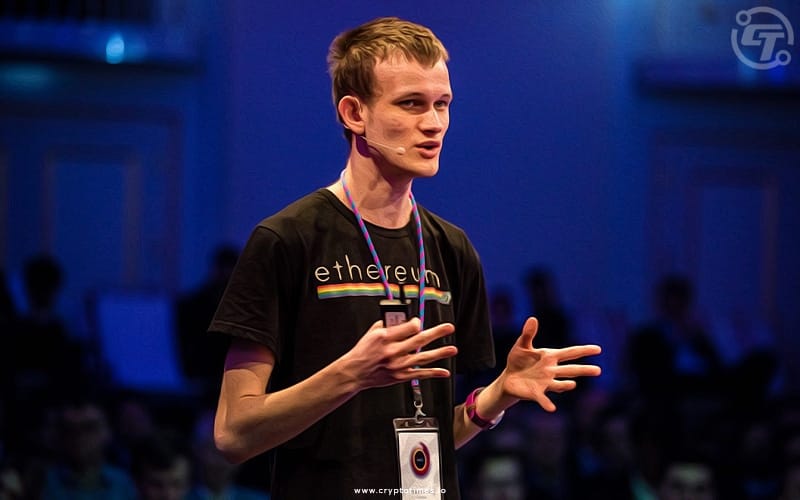In Brief:
- Ethereum’s co-founder has expressed his view for a “plausible roadmap” in a post named “Endgame.”
- The roadmap may present its scalability while adhering to stringent trustworthiness and censorship resistance criteria.
- Buterin’s suggestions provide a roadmap for execution.
Vitalik Buterin, co-founder of Ethereum, expressed his vision yesterday for Eth2’s “plausible roadmap.”
Buterin proposed a thought experiment for how the average huge blockchain may still be considered adequately trustless and censorship-resistant in a Monday post titled “Endgame.”
For this level of scalability, the concentration of block manufacturing is an obvious trade-off. Buterin’s suggestions do not address the issue of centralization, but they do provide a roadmap for execution, as described in the blog post.
Buterin proposed a solution in terms of solutions, “a second tier of staking, with low resource requirements, to do distributed block validation.” He further suggested, “introduce either fraud proofs or ZK-SNARKs to let users directly (and cheaply) check block validity and introduce data availability sampling to let users check block availability.”
He kept on explaining by adding, “we get a chain where block production is still centralized, but block validation is trustless and highly decentralized, and specialized anti-censorship magic prevents the block producers from censoring.”
Even with the adoption of so-called “rollups,” which are layer-two solutions that process transactions outside of the main Ethereum chain, Buterin stated that block production will remain centralised.
Buterin stated on this, “no single rollup succeeds at holding anywhere close to the majority of Ethereum activity. Instead, they all top out at a few hundred transactions per second. We get a multi-rollup future for Ethereum.”
Although rollups tend to aid distributed block generation, decentralization may not be long-term due to the possibility of cross-domain maximal extractable revenue, or MEV. MEV refers to the maximum amount of value that can be earned through block creation in addition to regular block rewards and gas taxes.
Since November 2020, when the protocol first began its gradual shift to proof-of-stake, there has been a lot of buzz around Ethereum. In August of this year, the much anticipated London hard fork was implemented, putting ETH on pace to become a deflationary asset.
EIP-1559, a hard fork that intends to improve the network’s fee market, was implemented as part of the hard fork. Since the EIP-1559 went into force, approximately 1 million ETH has been burned.






